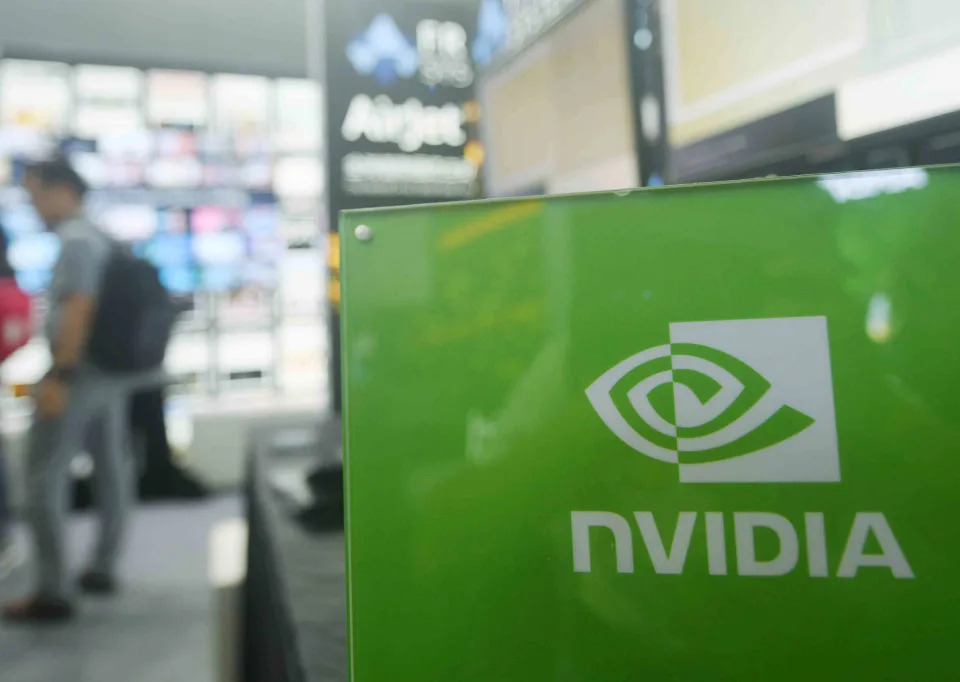As the dust settles from the latest memecoin fiasco, the crypto industry finds itself at a familiar crossroads.
This time, the implosion was set off by a scandal involving Argentina's President Javier Milei and the ill-fated Libra token —an episode that opened a floodgate of discussions around front-running, insider trading, and the growing absurdity of the memecoin casino.
To unpack what this all means for the broader industry, Coinage sat down with Ikigai Asset Management founder Travis Kling, who has been sounding the alarm on crypto nihilism for over a year. Kling sees this latest chapter as the culmination of an increasingly reckless cycle.
"We are, I guess, now speed running a post-Gensler SEC regulation-free slash regulation-light… People have been calling it crime season. People have been calling it that since Trump launched his memecoin," he said. In his view, the involvement of political figures like Donald Trump and Javier Milei in memecoins has pushed the space to a level of absurdity that can no longer be ignored.
"Iggy Azalea crawled so Donald J. Trump could walk, apparently," he quips, highlighting the cast of unlikely crypto participants now cashing in.
The memecoin ecosystem, Kling argues, has devolved into a space that is "the most nihilistic, the most hyper gambling, the most worthless, the most pointless, the most extractive, unbelievably extractive — all bad, no good." The question is whether this is merely a cyclical excess that will fade or if it represents a more fundamental rot at the core of crypto’s use-case problem. "We still have a use case problem, a core utility problem. And it's this thing that's come to fill the gap."
This sense of nihilism is only exacerbated by the players involved. Hayden Davis, the controversial figure behind multiple high-profile memecoin launches, admitted as much in a recent Coffeezilla interview: "It is an insider’s game. This is an unregulated casino." Yet, despite acknowledging the risks, Davis himself profited from the system, making millions while latecomers got wiped out. Kling finds the entire spectacle exhausting. "This shit's just been a little overwhelming… It's just a bit much, you know?"
The speed at which these grifts play out has accelerated. Gone are the multi-year token schemes — now, as Kling puts it, "we have now distilled the con down into the president of Argentina running a five-hour con on the crypto ecosystem." The contrast to past longer, more drawn-out token dumps is stark and yet, maybe somehow not really even all that different. "We were at least pretending to do something with those projects. Now, it’s just completely nihilistic, and people are lining up around the corner to get a piece of the grift."
And while memecoins have been a major driver of on-chain activity — particularly on Solana as of late — Kling warns that this might not be the bullish case some investors hoped for. The prevailing institutional narrative has been to "own the casino," he said, but with Solana’s memecoin-fueled boom now facing sustainability issues, that bet may not be as safe as some assumed. Pantera's Portfolio Manager Cosmo Jiang told Coinage in December that Solana had leapfrogged Ethereum in the institutional investor discussions , and noted Solana builder stressed at the time that Solana is indeed much more than just memecoins .
"[Memecoins] have a social element which obviously infects the social layer, and the more attention they get via social networks, the bigger they go," Mert said. "I don't think it's weird that they have the most attention. What I would say, though, is it is incorrect to say something like, well, all Solana has are memecoins, right? ... It just turns out that Solana provides the best experience for launching tokens, moving them around, trading them, holding them on your wallet, and that can't happen unless we have infrastructure that actually works and scales with the amount of users."
Beyond the immediate fallout, the larger question remains: what does crypto stand for if this is what’s dominating the headlines? "What is going on with memecoins is intimately connected to the core utility problem of alts in general," Kling asserts. "If you had numerous alt projects to point to, to say, ‘Look at this thing that’s getting very significant real-world traction,’ it would be a different conversation. But the list is quite short."
Despite all this, Kling remains in the fight. He acknowledges the existential crisis but also sees reasons for optimism. "There is a crazy juxtaposition that crypto feels so shitty right now, while also having the level of support that we have at the absolute highest levels of the US government." The recent crypto-friendly moves by the Trump administration, including the appointment of David Sacks and the prioritization of regulatory clarity, suggest that crypto’s long-term trajectory might not be as bleak as it seems today.
"It's a fight worth fighting," Kling says. Whether the industry takes this moment to self-regulate and shift toward real use cases remains to be seen. But one thing is clear: the days of unchecked grift may be running out.




